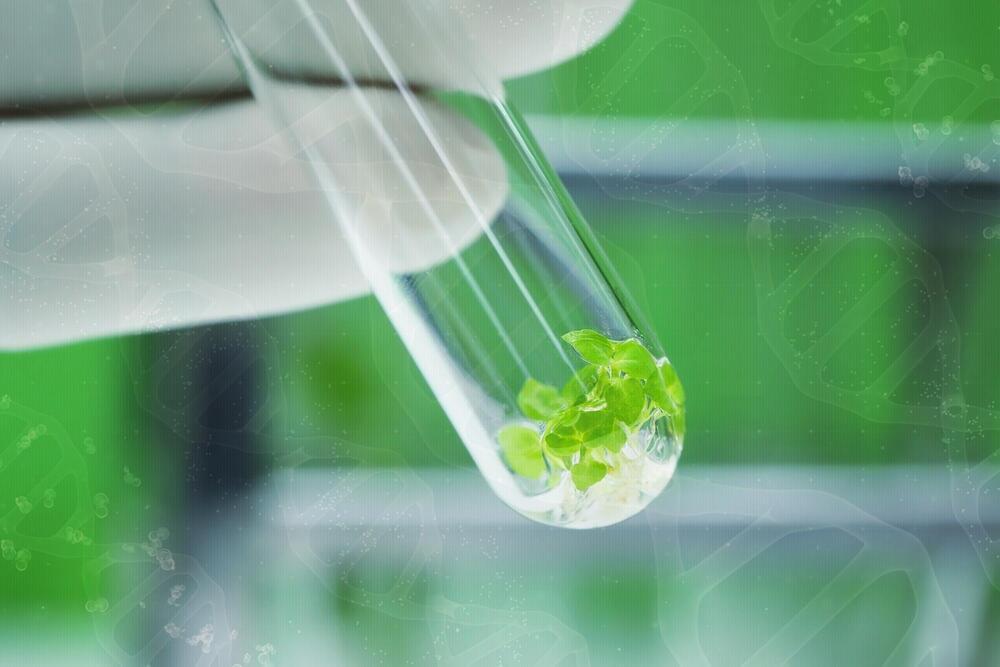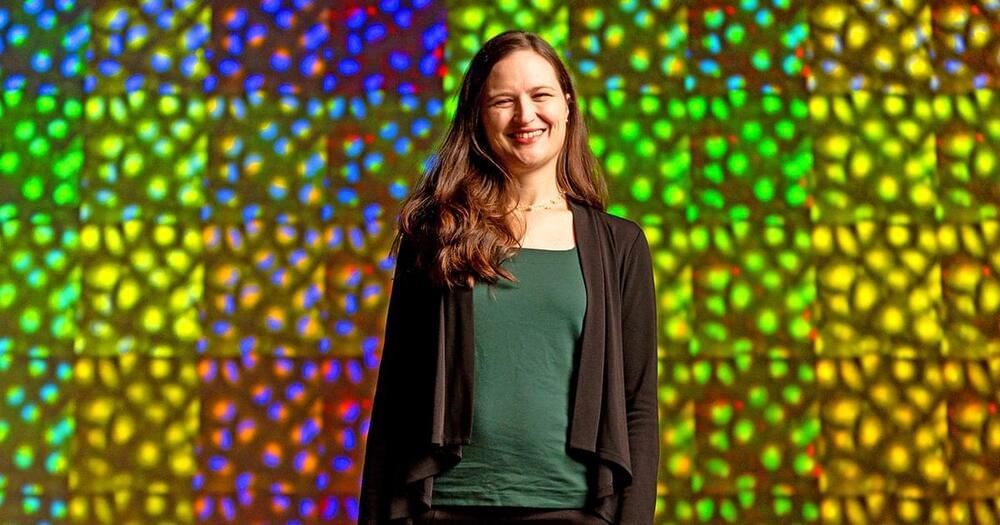Dr. Yuval Noah Harari, macro-historian, Professor, best-selling author of “Sapiens” and “Homo Deus,” and one of the world’s most innovative and exciting thinkers, has a few hypotheses of his own on the future of humanity.
He examines what might happen to the world when old myths are coupled with new godlike technologies, such as artificial intelligence and genetic engineering.
Harari tackles into today’s most urgent issues as we move into the uncharted territory of the future.
According to Harari, we are probably one of the last generation of homo sapiens. Within a century earth will be dominated from entities that are not even human, intelligent species that are barely biological. Harari suggests the possibility that humans are algorithms, and as such Homo sapiens may not be dominant in a universe where big data becomes a paradigm.
Robots and AI will most likely replace us in our jobs once they become intelligent enough.
Although he is hopeful that AI might help us solve many problems, such as healthcare, climate change, poverty, overpopulation etc, he cautions about the possibility of an AI arms race.
Furthermore Dr. Yuval Noah Harari suggests this technology will also allow us to upgrade our brains and nervous systems. For example, humans will be able to connect their minds directly to the internet via brain implants.





